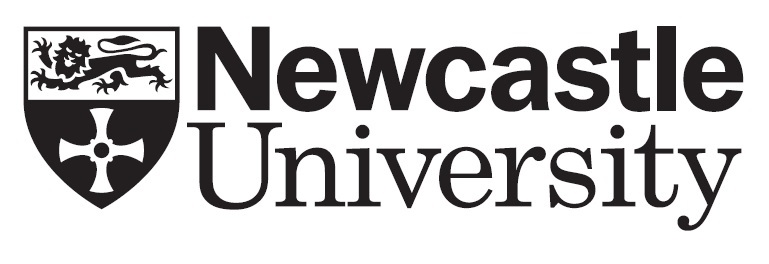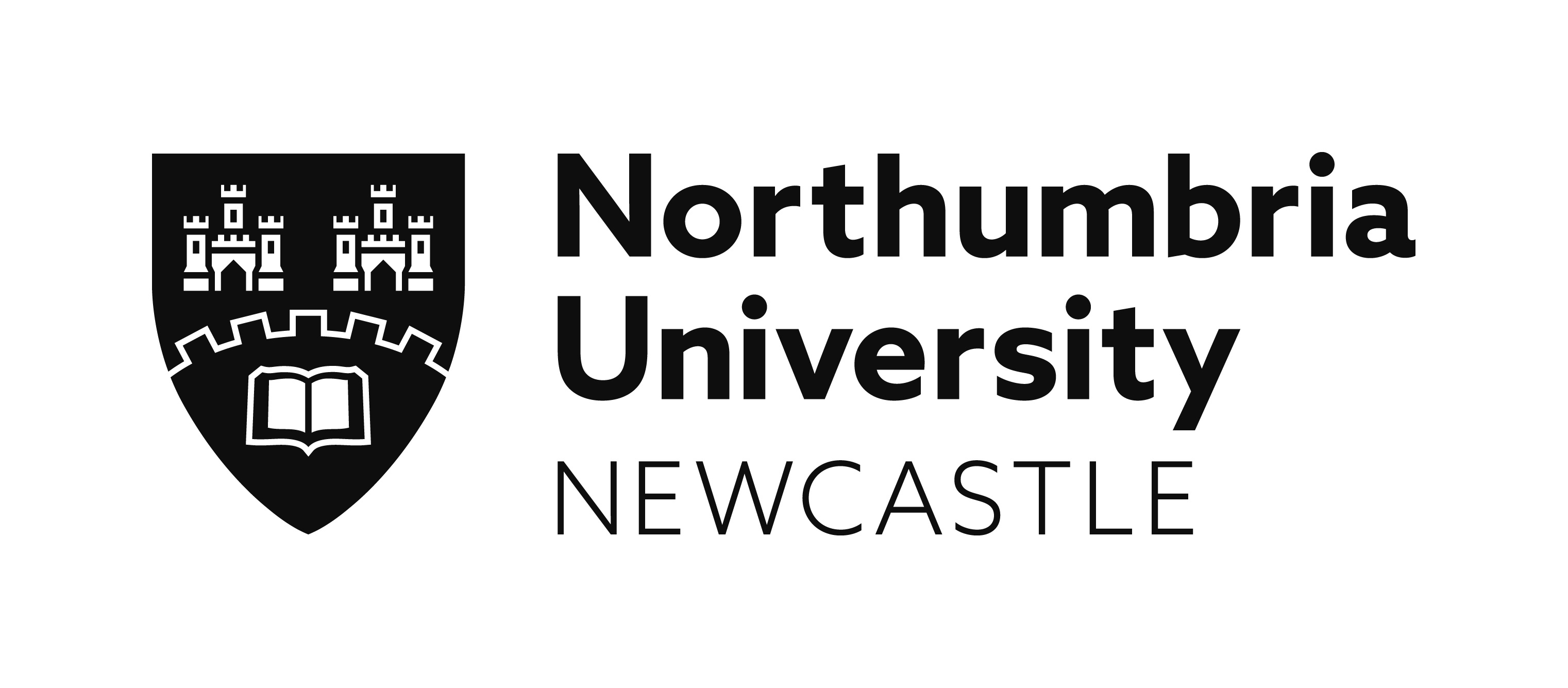‘The Book of the Future’: Photobooks between disciplines
Fiona Allen, University of Exeter
Simon Constantine, UCL
Daniel Hartley, Durham University
From self-published volumes to digital projects, the twenty-first century has witnessed a renewed interest in the photobook. Indeed, whilst the decision to combine text, photography and archival materials is a product of the nineteenth century, the term photobook is a somewhat more recent invention. This revival has also given rise to an increased scholarly and institutional interest in the topic – developments exemplified by Tate’s recent acquisition of Martin Parr’s photobook collection. In many respects, these events echo a claim made in a 1937 review of Margaret Bourke-White and Erskine Caldwell’s You Have Seen Their Faces: the volume embodied ‘what the book of the future will be like’ – that is, one in which the established hierarchy between text and image has been dissolved. What is less clear, however, is whether the term photobook indicates the realisation of this goal or, as David Campany has argued, an attempt to ascribe a fictive unity to an otherwise plural field.
Although the photobook has generated a substantial body of scholarship, the majority of this material has chosen to focus on its visual components. As such, this panel will explore the possibility of adopting a more interdisciplinary approach. How useful are literary analogies, such as the comparison between the photo sequence and the sentence, when engaging with this material? What type of methodological framework would do justice to the collaborations between photographers and writers which underpin these books? How does literary form affect, imitate or trouble photographic form, and vice versa? By pursuing these (and other) questions, we hope to stage a dialogue on the photobook which brings together scholars from art history, literary studies and other related disciplines.
Speakers
Polaroid, Portrait, Page: Richard Hamilton and the Photobook
Kevin Lotery (Newcastle University)
The Look of Sound: L’Optique Moderne, a photobook
Jill Carrick (Carleton University)
‘To inhabit, uneasily, the intersection’: Germaine Krull and the Photographic Book
Max Boersma (Harvard University)
Cutting In: Gerhard Richter’s Photobooks
Matthew Bowman (University of Suffolk)
The Book as Stage: Ugo Mulas’s New York: The New Art Scene
Gloria Boeri (University of Oxford)
Walker Evans’s Physiognomies
Stephanie Schwartz (UCL)
Click here to download this session's abstracts or view below
Polaroid, Portrait, Page: Richard Hamilton and the photobook
Kevin Lotery (Newcastle University)
Inspired by a visit to Roy Lichtenstein’s studio in March 1968, Richard Hamilton began asking friends – artists, writers, curators – to take Polaroid portraits of him. A kind of ‘joke’ as he described it, the result would be 128 one-off portraits of Hamilton taken over 40 years by an international array of cultural figures. The pictures became the basis of four, nearly pocket-sized photobooks (Polaroid Portraits, vols. 1–4, 1971–2001). Surprisingly neglected in the literature, these publications drew on Hamilton’s long-standing engagement with the medium of the book – he had typo-translated Marcel Duchamp’s Green Box and served as Editorial Director of the Copley Foundation, for example. But the Polaroid books’ spare design and small format, with each photograph allotted its own page, also signalled a new interest in the form of the photobook as a multi-authored, intermedia construct placed between photography, printmaking, object-based practices, performance, literary genres such as the autobiography, and the medium of exhibition-making (since the portraits also exist as a set of images that can be installed in the gallery).
Focusing on Polaroid Portraits, my paper argues that Hamilton approached the photobook for the strange new mixtures of technology, surface, narrativity, distribution and authorship that it might proffer. I am particularly interested in two aspects: 1) Hamilton’s expansion of the genre of self-portraiture into a temporal and literary endeavour, merging the passing of years with the turning of pages, the performative relationship between portraitist and sitter with the literary relationship between reader and book; and 2) Hamilton’s attempts to limit his own authorial decision-making to what he called ‘editing’: seemingly banal choices regarding when and whom to ask for a portrait.
The Look of Sound: L’Optique Moderne, a photobook
Jill Carrick (Carleton University)
L’Optique Moderne or ‘Modern Optics’ is a striking 1960s photobook by Nouveau Réaliste artists Daniel Spoerri and François Dufrêne. First published by George Maciunas’ innovative Fluxus editions in 1963, it remains a little-known Fluxus masterpiece on the vicissitudes of mid-20th century vision, as glimpsed through the dual lens of eye and ear. The book juxtaposes tongue-in-cheek portrait photographs of Spoerri posing in glasses with multi-coded alliterative poems by Dufrêne. When read out loud, Dufrêne's seemingly nonsensical text erupts into playful fragmented commentary on optometrists, philosophers and French quotidian life.
L’Optique Moderne’s kaleidoscopic cultural references and shifting image-text relations form the basis of this investigation. What relationships, I ask, occur between Spoerri’s images and Dufrêne’s texts? How does the book challenge conventions of reading and viewing? And in what ways does Spoerri and Dufrêne’s experimental publication question one-point perspective and the illusions of mastery that accompany it?
Of key interest to this inquiry is the way in which Dufrêne’s polysemous texts offer interpretive keys for analysing formal relationships between text, image and spoken word. Dufrêne’s poems mix, match and overlay an array of references to processes of alliteration, visual punning, metagrams, serial reproduction, distortion, fragmentation and song. This study investigates how elements of Spoerri’s photographs inspired Dufrêne’s literary devices, and conversely, how the printed words in L’Optique Moderne radically expand the photographs’ potential associations.
'To Inhabit, Uneasily, the Intersection’: Germaine Krull and the photographic book
Max Boersma (Harvard University)
Across the 1920s and early 1930s, Germaine Krull produced and contributed to a diverse suite of photographic publications: deluxe industrial albums, illustrated magazines, travel guides, avant-garde journals and the first photo-novel. While the German-born photographer assembled picturesque views for popular books on the French metropoles of Paris and Marseille, she was simultaneously developing one of the most exceptional practices within modern photography. Situated amongst these endeavours, Krull’s celebrated photobook Métal (1928) serves as the defining object of her wide-ranging career. Yet to date, the singular challenge of this project for conventions of reading and viewing remains overlooked. Lacking captions, titles and an index, the book’s 64 plates disclose neither the locations nor precise nature of what they picture, while systematically refusing formal consistency and pictorial convention. The only obvious constant is metal itself, the shared material of all depicted objects. This talk re-examines Krull’s genre-defying portfolio, breaking with its reception as a subtle critique of industry. Embodying a peculiar hybrid of the travel album and the industrial catalogue, Krull’s venture, I propose, is structured by a speculative analogy between metal and photography, a linking of material and medium. Placing her work within the early history of modernist photobooks, I will argue that Métal mobilises its driving analogy to invoke – and, moreover, to theorise in photography – the material life of the technical systems organising Western European modernity. Devoid of human actors and geographic markers, her assembled landscape of technical objects dwells on the distributed systems that shaped urban life.
Cutting In: Gerhard Richter’s photobooks
Matthew Bowman (University of Suffolk)
Although many facets of Gerhard Richter’s career have been extensively covered, his forays into the medium of the photobook has received considerably less critical scrutiny. The situation is perhaps explained, to a certain degree, by the ambiguous position of the photobook within his oeuvre as a whole. Often categorised under the banner of artist’s books, Richter’s own catalogue raisonné includes photobooks such as Eis, War Cut and Birkenau alongside a variety of other book works. Meanwhile, his collaborations with the noted filmmaker and writer Alexander Kluge – December and Dispatches from Moments of Calm – are included within the literature section. All in all, the absence of the photobook as a self-sustaining category in Richter’s oeuvre is notable; and all the more so given the prevalence of photography in his practice.
The photobook has garnered more academic examination in recent years, and this allows us to perceive the ambiguity of Richter’s photobooks in a different light. Indeed, if the linearity of the book form underpins and suggests the linearity of narrative, thereby proposing a more quasi-literary approach to the photobook, this paper will explore how Richter disrupts the photobook’s physical structure by deploying strategies more derived from montage than literature. For example, Richter’s photographs interpose themselves amid Kluge’s already discontinuous textual fragments in their collaborations and something similar appears in Eis and War Cut. To what extent, then, do Richter’s photobooks – similarly to the constellational methodologies of Michael Schmdit – problematise the physical constraints of the book medium through the ways they cut into it?
The Book as Stage: Ugo Mulas’ New York: The New Art Scene
Gloria Boeri (University of Oxford)
After an introduction of the characters and main events delivered by the external narrator, the first actor enters the scene from behind a heavy front curtain. With a slight grin and a cigar between his fingers, he displays a confidence that betrays the paramount role he will have in the play – if it actually were one. The tall, affable figure is a 77-year old Marcel Duchamp, playfully posing for the Italian photographer Ugo Mulas between the drapes of his Greenwich village apartment. He stands at the centre of the photograph, shot in the frontal fashion that Mulas had devised to document plays directed by his collaborator of ten years Giorgio Strehler. The photograph, printed in full bleed, appears in the photobook New York: The New Art Scene (1967), conceived by Mulas with the graphic designer Michele Provinciali and the curator and critic Alan Solomon. This paper argues that theatre – and especially Brechtian epic plays – offers the main key to interpret the visual and textual apparatus of Mulas’ book, which, despite becoming a valuable collector’s object, has never been studied in depth and with an appropriately interdisciplinary lens. If Mulas had to turn into, as Solomon defined him, ‘the most invisible of photographers’ (New York: The New Art Scene (New York: 1967), p.7) to access the lofts of artists and the homes of collectors, I contend that he reclaimed his visibility through the photobook itself, a paper play in which the ‘Art Scene’ is transformed into an actual theatrical scene, staged on the unique proscenium that is Manhattan’s towering architecture.
Walker Evans’ Physiognomies
Stephanie Schwartz (UCL)
This paper revisits American Photographs, one of the most important photobooks of the 1930s. Containing two portfolios by Walker Evans and an essay by Lincoln Kirstein, the 1938 publication presents readers with a sequential ordering of photographs, one per two-page spread. Though some, like the photography critic Elizabeth McCausland, characterised the book’s structure as awkward, most scholars, including Kirstein, agree that the publication is meant to operate less like a book than a film. This thesis has been incredibly generative for studies of Evans’s work. It suggests that Evans understood the limits of the single photograph – understood that a photograph only communicates, has meaning or significance, in relationship to other photographs as well as captions, texts or signatories. Attending to several of the other portfolios that Evans produced in the 1930s, this paper argues otherwise, insisting that Evans’ work on the page reminds us that photographs are always ‘too much’. I develop this thesis by interrogating the other structure that Kirstein argues organises American Photographs: physiognomy. ‘The physiognomy of the nation is laid on your table’, Kirstein states in the closing lines of his essay (American Photographs, 1938, p. 198). Attending to Kirstein’s statement as well as the relationship between physiognomy and film, this paper queries the disciplinary boundaries of the book or the page as well as American documentary.
|
|
|
|
|
|
Supported by
Conference Sponsors
![]()
Sponsored by
ASSOCIATION FOR ART HISTORY
![]()
Terms & Conditions
![]()


